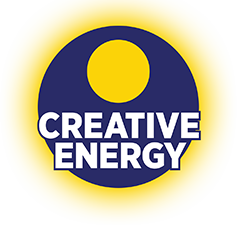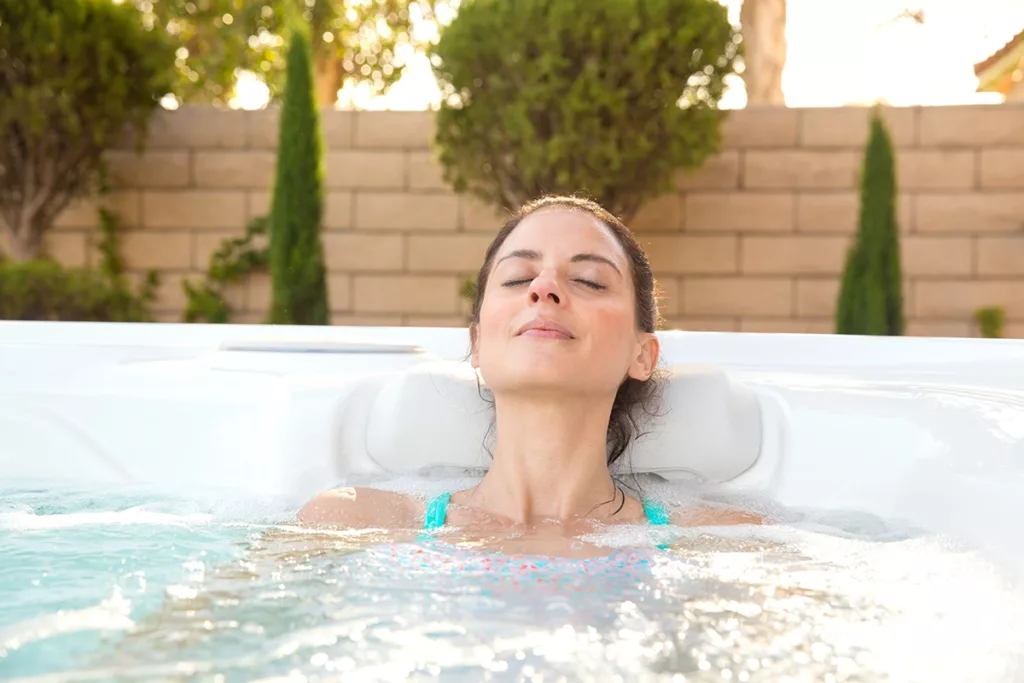Starting with the ancient Greeks, water has been used therapeutically for thousands of years. This time-honored approach uses methods like cryotherapy (cold water therapy) and hot hydrotherapy (hot water therapy) to offer a broad range of physical and mental health benefits. In this blog, we’ll compare the unique benefits of cold plunge therapy and hot tub hydrotherapy in detail, so you can decide which technique is best for your needs.
What Is Cold Plunge Therapy?
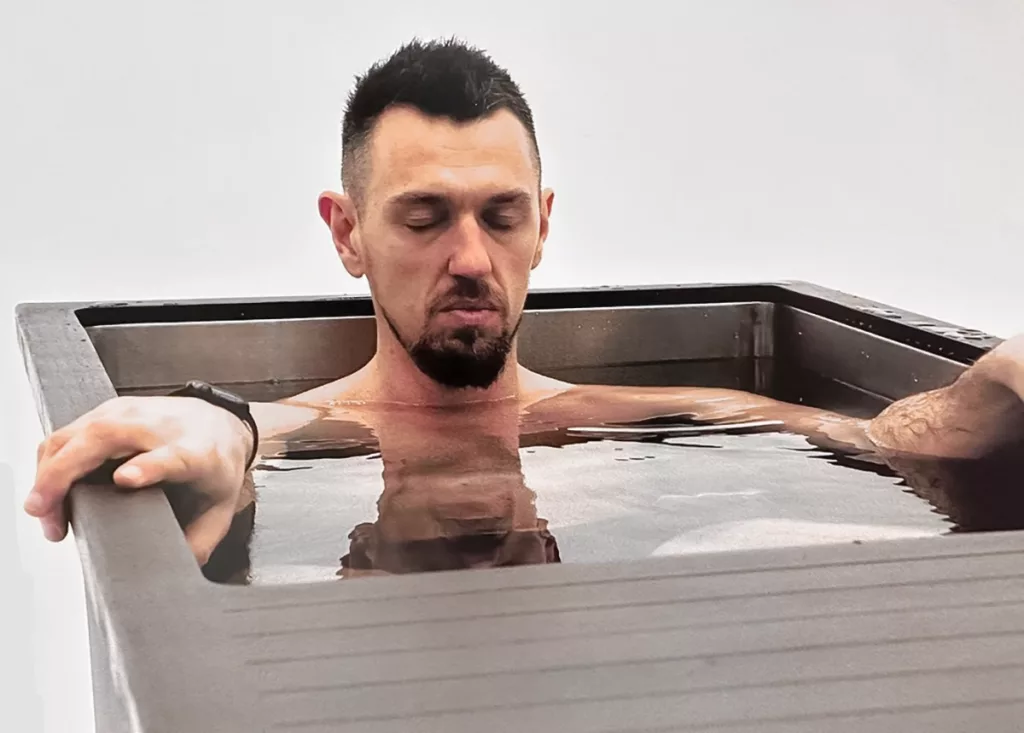
Cold plunge therapy, also known as cold water therapy, is a therapeutic technique that involves immersing your body in ice-cold water for a short period of time. This method has been used for centuries and is believed to have numerous health benefits.
During a cold plunge therapy session, individuals typically submerge themselves in water below 50 degrees Fahrenheit. The cold temperature stimulates different physiological and psychological responses in the body, allowing for a wide variety of positive effects:
Reduced Inflammation
One of cold plunge therapy’s main benefits is the ability to lower inflammation. When your body is exposed to cold water, your blood vessels will constrict, which helps decrease inflammation and ultimately support pain relief and muscle recovery. It also helps flush out metabolic waste products from the muscles, which aids in recovery and reduces soreness.
Immune System Support
Cold plunge therapy has been shown to help stimulate the production of white blood cells. These cells are responsible for fighting off infections and diseases. Regular cold-water exposure can help improve your overall immune function, supporting your body’s natural ability to fight against illness.
Improved Circulation
Cold water plunges cause your blood vessels to constrict, and then dilate once you exit the water. This process acts like a pump, helping improve blood flow and the delivery of oxygen to your muscles and organs. This extra oxygen support helps enhance function and promotes overall cardiovascular health.
Endorphin Release
In addition to its physical benefits, cold plunge therapy can also have psychological effects. The shock you experience from submerging in ice water can trigger the release of endorphins. You can think of these as the body’s natural feel-good chemicals, which allow for improved mood, reduced stress levels, and enhanced mental clarity.
What Is Hot Tub Hydrotherapy?
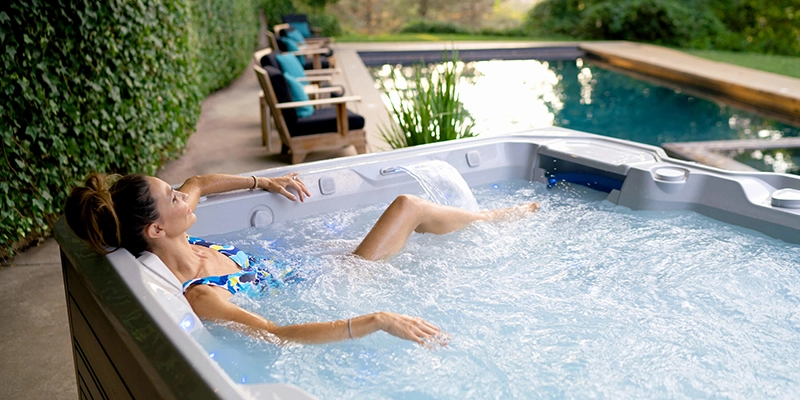
Hot tub hydrotherapy is a therapeutic practice that combines three fundamental elements: warm water immersion, therapeutic massage (jets), and buoyancy.
Warm Water Immersion Soothes Pain
The first pillar of hot tub hydrotherapy is warm water immersion. The hot tub is filled with water set at a comfortable temperature, usually between 98°F and 104°F (37°C and 40°C). This warmth helps soothe sore muscles and joints, promoting relaxation and relieving tension. The heat also dilates blood vessels, which helps improve blood flow and circulation allowing for more oxygen and nutrients to circulate throughout the body. This increased blood flow can also aid in the healing process and reduce inflammation.
Therapeutic Massage
The second pillar of hot tub hydrotherapy is the therapeutic massage provided by the jets. These jets are strategically positioned throughout the hot tub and release a powerful stream of water. The force of the water creates a massaging effect, which helps alleviate sore muscles, promote relaxation, and reduce stress. These powerful jets can also be adjusted to personalize your hydrotherapy experience.
Buoyancy Relieves Joint Pressure
When you’re immersed in water, your body experiences buoyancy, which reduces the effects of gravity. This provides a sense of weightlessness that allows for easier movement. It also reduces the stress that gravity places on your joints, which may provide relief for individuals with conditions such as arthritis or chronic pain.
Considerations for Choosing
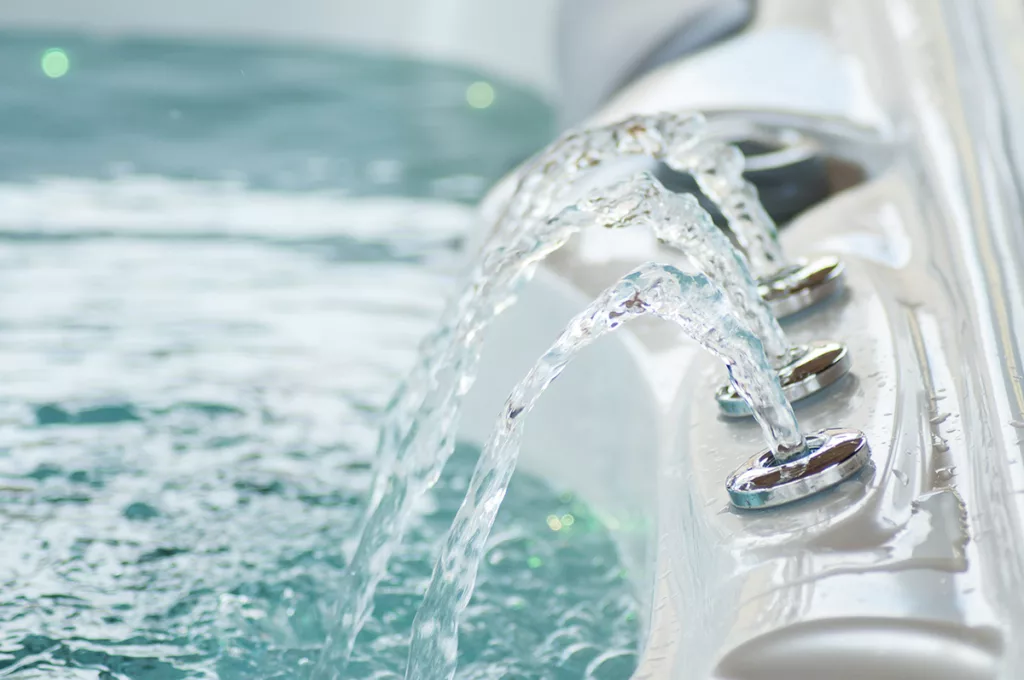
The decision between cold plunge therapy or hot tub hydrotherapy hinges on a thoughtful consideration of your personal goals and lifestyle factors. Here are some key considerations for choosing between these two wellness routines.
Personal Goals
Identifying your specific health and wellness goals is a great start for deciding which hydrotherapy method is right for you. If you’re prioritizing invigorating circulation and speedy muscle recovery, then cold plunge therapy may be the ideal fit. On the other hand, if stress relief, relaxation, and targeted massage are your priorities, hot tub hydrotherapy may be more aligned with your objectives.
Lifestyle Factors
Another tip is to consider how each approach integrates into your daily life. Cold plunge therapy sessions are typically quicker, which may suit a more active lifestyle, while the soothing warmth and relaxation offered by hot tub therapy may be better suited for winding down after a hectic day.
The Versatility of Hydrotherapy
If both cold plunge therapy and hot tub hydrotherapy sound amazing to you, we have good news: you don’t have to choose one or the other! Rather than limiting yourself to a singular approach, consider the potential benefits of incorporating both cold plunge therapy and hot tub hydrotherapy into your routine for a well-rounded boost to your overall well-being. By recognizing the potential synergy between these two methods, you can create a wellness routine that uniquely suits your lifestyle and goals.
Soak Up the Wellness Benefits of Hydrotherapy at Home
Whether you seek the invigorating embrace of cold water or the soothing warmth of a hot tub, adding hydrotherapy to your daily wellness routine has never been easier. For over 30 years we have sold the world’s #1 spa brand and have been named a leading Hot Tub dealer in the San Francisco Bay Area. We are also proud to be a premium retailer of Cold Plunge Tubs. The experts at Creative Energy are here to help you find the best possible hydrotherapy method for your personal goals and needs.
Take the plunge and contact us online today to learn more, or visit any one of our award-winning Bay Area showrooms to experience the transformative benefits of hydrotherapy firsthand.
